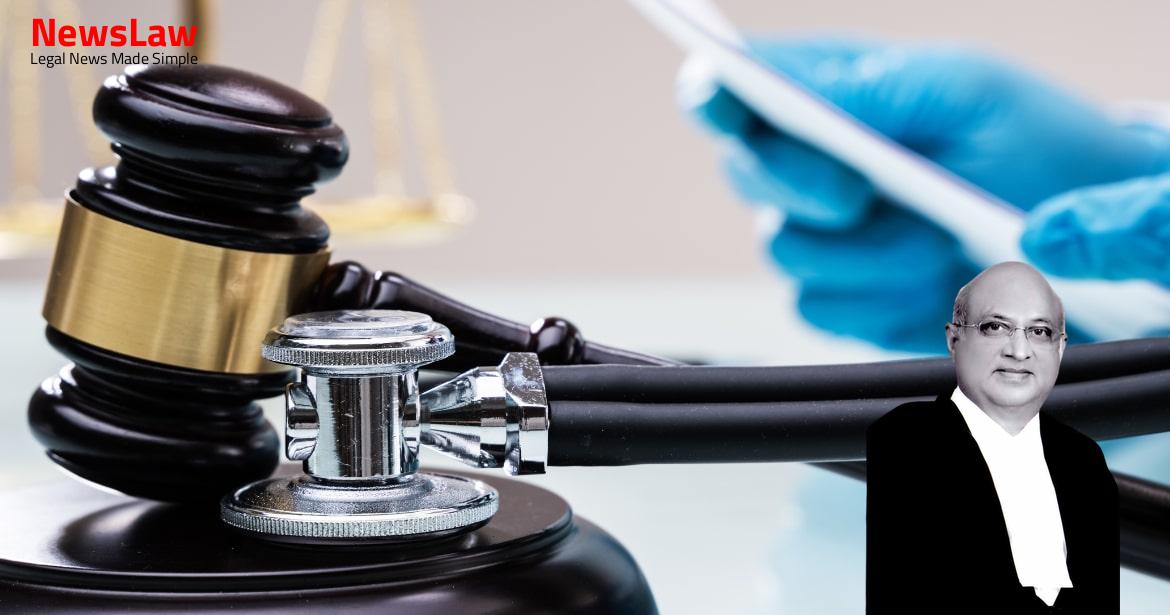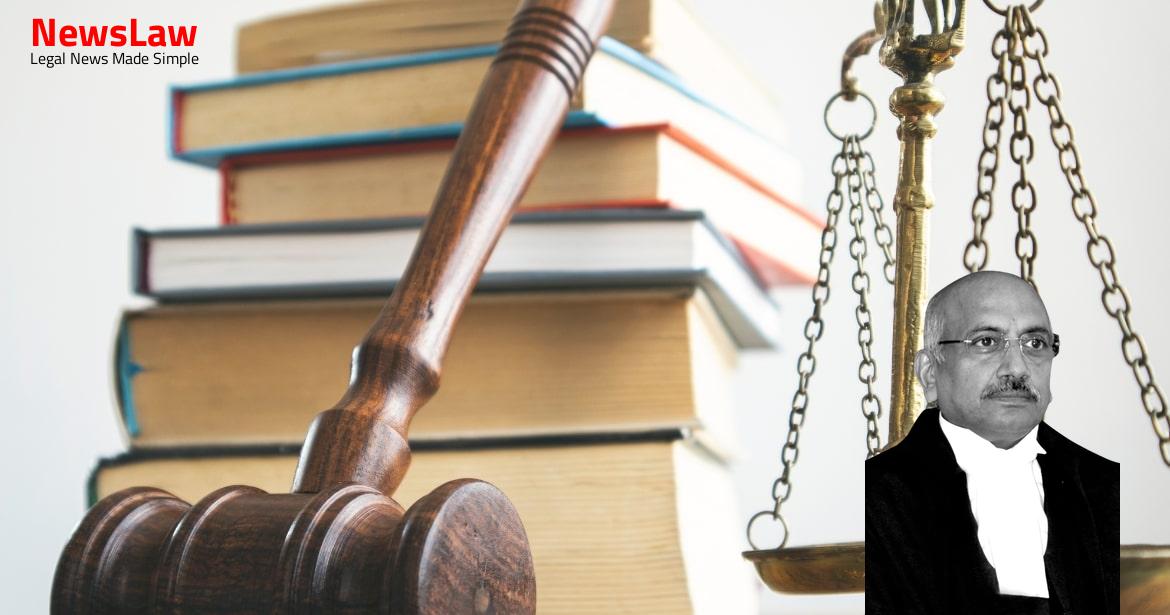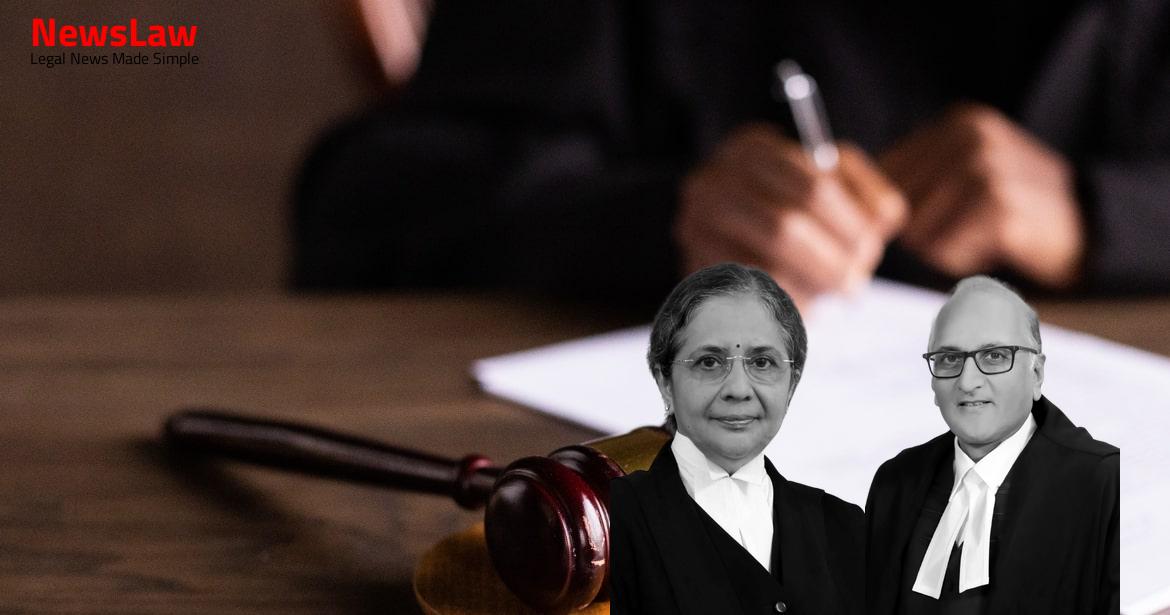In the case of The Well Dispute, the Supreme Court of India carefully evaluated the events leading to the fatal injury and death. The judgment delves into the circumstances surrounding the altercation over sand removal from a shared well, involving accused individuals like A1-Karuppanna Gounder and A2-Rajendran. Join us as we explore the intricate details of this significant legal case. #SupremeCourt #LegalCase
Facts
- A verbal altercation occurred between the parties over the removal of sand from a shared well
- First accused attacked the deceased with a hammer, while the second accused used a sickle on the deceased’s head
- Other accused joined in the assault using iron rods, stones, and sticks
- An attempt at intervention by PW6 was met with an attack from the accused
- The deceased was taken to the hospital where he succumbed to his injuries
- Police filed a report against the first accused and 12 others after investigations
- The appellant had initiated civil proceedings related to the well issue
- Both the deceased and the first accused shared a common boundary and a well
- A1-Karuppanna Gounder was found guilty of murder and awarded life imprisonment.
- A2-Rajendran was also found guilty under Section 302, 307, 324 of IPC and was awarded life imprisonment for the offence of murder.
- All other accused charged with various offences including murder were acquitted by the trial court.
- The High Court upheld the sentence of A1-Karuppanna Gounder but found that the injuries caused by A2-Rajendran were fatal and could not have been caused by the weapon mentioned.
- The High Court concluded that the lacerated wound on the deceased could not have been caused by a sharp-edged weapon like a sickle.
Also Read: Enforcement of Foreign Award: Case of Oscar Investments Limited and RHC Holding Private Limited
Issue
- Appellant-A1’s actions leading to injury are being evaluated as the cause of death.
- The central issue is determining if the injury caused by Appellant-A1 directly resulted in the death of the deceased.
- Evidence and circumstances surrounding the injury and subsequent death are crucial factors in this determination.
Also Read: Maintenance Rights of Divorced Women: Reconsideration Plea by Mr. Debal Banerjee
Analysis
- The High Court’s view that the injury on the center of the head couldn’t have been caused by the sickle was not accepted due to lack of sharpness analysis.
- The post-mortem report detailed four injuries, with two being relevant in the case.
- Verbal altercation escalated with A1 and his son later returning with their son-in-law, leading to the attack.
- Injuries didn’t match the appellant’s actions, indicating involvement of other accused who were acquitted.
- Due to the doubt in attributing the murder charge to appellant no. 1, he was acquitted of murder but convicted under Section 324, IPC.
- Sentence was modified considering time served, and the appellant’s bail bonds were discharged.
- The appeal was partly allowed with the mentioned modifications.
Also Read: Case of Eligibility for Disability Pension: Air Force Officer’s Retirement
Case Title: KARUPPANNA GOUNDER Vs. THE STATE REP. BY THE INSPECTOR OF POLICE
Case Number: Crl.A. No.-000557-000557 / 2010



